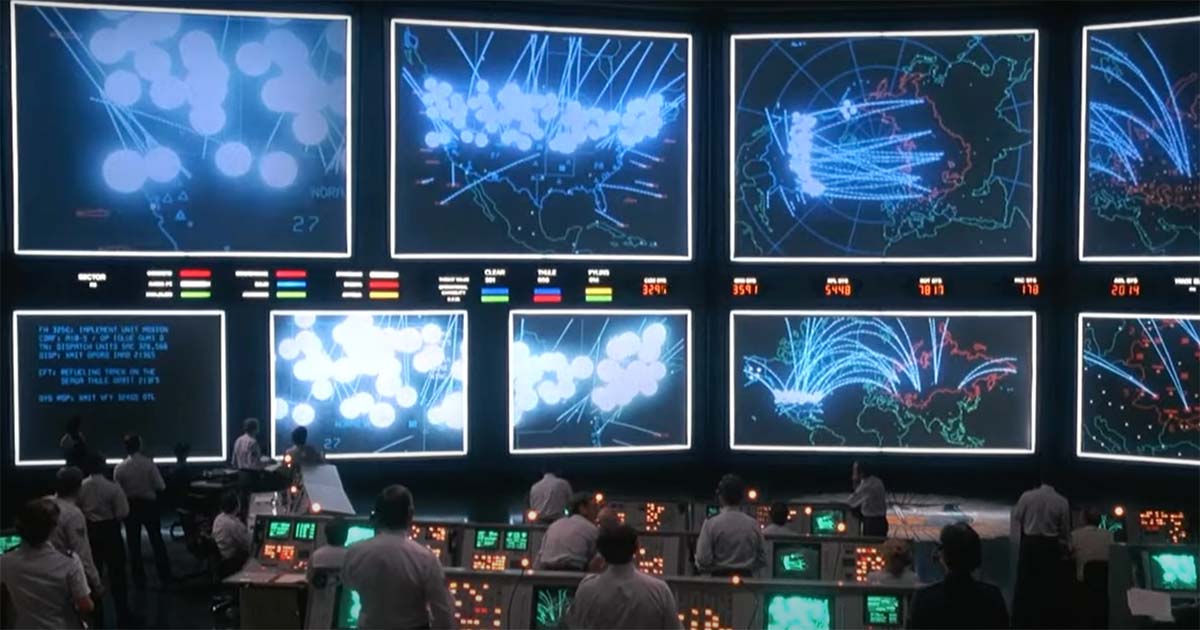The Movie That Made the President Nervous
When President Reagan watched "WarGames" in 1983, he asked a chilling question—could a teenager really hack into U.S. military systems? That moment led to America's first anti-hacking law and proved that science fiction can shape reality.

The Movie That Made the President Nervous
In the summer of 1983, "WarGames" hit theaters with a provocative idea. What if a teenage hacker accidentally triggered a countdown to nuclear war?
The film, starring Matthew Broderick and Ally Sheedy, blended Cold War fears with the emerging culture of home computing. It felt fresh, fast, and just believable enough to be unsettling.
The story follows David Lightman, a high school whiz who stumbles into a military supercomputer. Mistaking it for a game company's server, he launches what he thinks is a simulation. The computer, programmed to respond as if real war were occurring, begins to escalate the situation. What begins as innocent curiosity becomes a race to stop World War III.
A Question That Changed Everything
President Ronald Reagan watched the movie with his staff at Camp David not long after it was released. Days later, in a national security meeting, Reagan stunned the room with an unusual question. Could something like that actually happen? His advisers were unsure, but he instructed them to find out.
The investigation that followed uncovered serious weaknesses. Military systems were increasingly dependent on computers. Protocols for cybersecurity were minimal. The idea of hacking, barely understood at the time, proved to be more than just the stuff of fiction. There were already incidents of digital intrusions, and there was no coherent law to stop them.
This led directly to legislative action. In 1986, Congress passed the Computer Fraud and Abuse Act. It was the first major law in the United States to define and criminalize unauthorized access to computers and computer systems. It gave federal authorities the power to pursue hackers and set the groundwork for future laws dealing with cybercrime.
When Fiction Reveals the Future
"WarGames" arrived at a cultural crossroads. Americans were already anxious about nuclear war. Computers were making their way into homes and schools. The film tapped into both currents. Its genius was not in special effects but in the way it made a national threat feel like a personal one. A kid with a phone and a modem could set the world on fire.

The central computer in the story, WOPR, adds to the tension. Designed to simulate nuclear scenarios, it cannot distinguish between a game and reality. It plays out attack strategies, learning with each run. In the end, it realizes that in global thermonuclear war, the only winning move is not to play. That insight, delivered on a blinking screen, is the film's most chilling moment.
Reagan's reaction to "WarGames" shows how science fiction can break out of the screen and into the real world. It can point out cracks in the system that no one has thought to patch. Fiction can become a flashlight, revealing dangers that were hiding in plain sight.
In the case of "WarGames," a teenager's fictional mischief led to real-world reform. It was a reminder that the fears we laugh at in theaters sometimes deserve to be taken seriously. And every now and then, a movie really can change the world.

